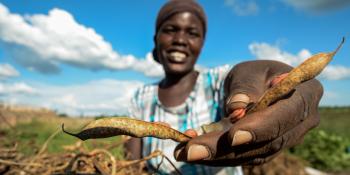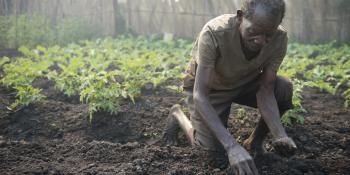Coming soon: a gender and climate change manual made by many
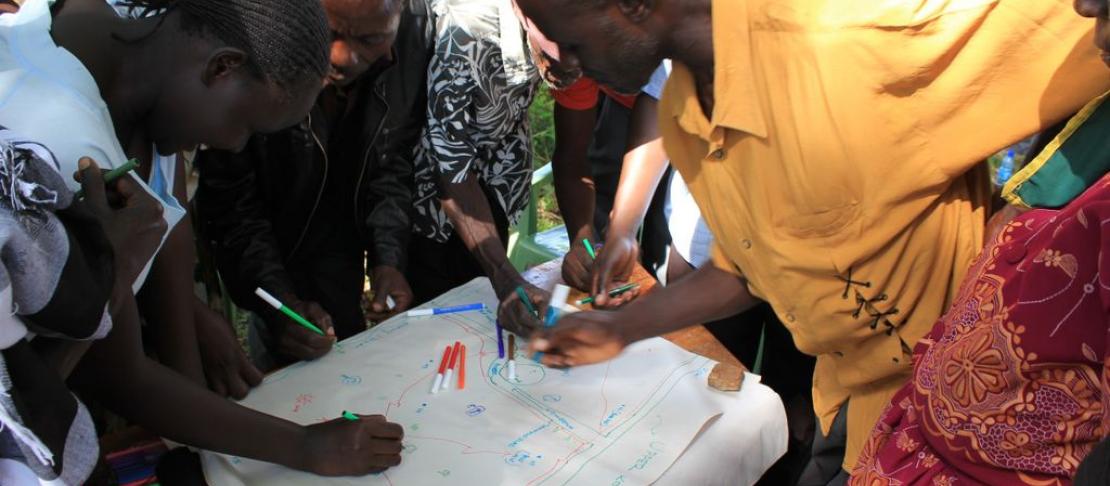
An upcoming Gender and Social Inclusion Manual for Climate Change Research by CCAFS will hit the web shelves later this year. It represents the gathered knowledge, experience and analysis of many. Here's everything you need to know about the manual!
The tools and learning exercises in this upcoming gender and social inclusion manual for researchers and development practitioners are being developed, not only by scientists and academics, but by local NGO partners, field workers and farmers themselves.
The manual is representing a more balanced way of exchanging knowledge and results in the research process, with the ambition to create an equitable and comprehensive guide by pulling together knowledge from various levels and directions. By developing the content with multiple partners and learning from farmers, CCAFS is re-imagining what a more equitable exchange in the research process could look like.
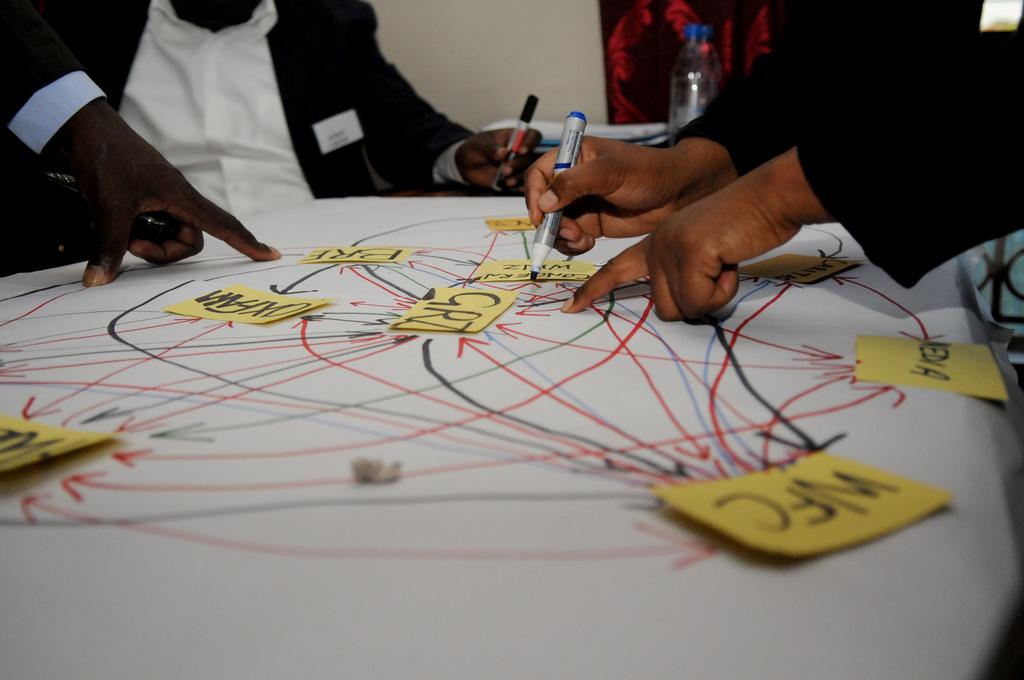
a Gender and Climate Change Guide that captures the knowledge, experiences and analysis of multiple partners will be made available later this year. Photo: G. Smith (WorldFish)
Currently being developed by our Gender team, the guide is an ambitious attempt to create a research guide that aims to capture not only gender but other types of social components in the society, that can further help us understand how gender and other factors might influence climate adaptation and mitigation.
How are the research tools being developed?
Last year, a co-designing workshop was held in Kisumu, Kenya with the World Agroforestry Centre (ICRAF) technical team, field workers from various non-governmental organisations and farmers. Together the participants proposed, tested and created different Participatory Action Research tools for Climate Information Services research.
In a similar fashion, each chapter of the manual is being developed through a process of writing and revising, drawing on experts from multiple levels and sectors such as scientists in climate change as well as activists in gender rights.
Perhaps the most important cycle of learning that the manual is developed through is via the multiple field tests that it undergoes, each test improving and informing the methodologies inside. The manual is set to publish in mid-2014, after a number of field-test have been completed by our development partners.
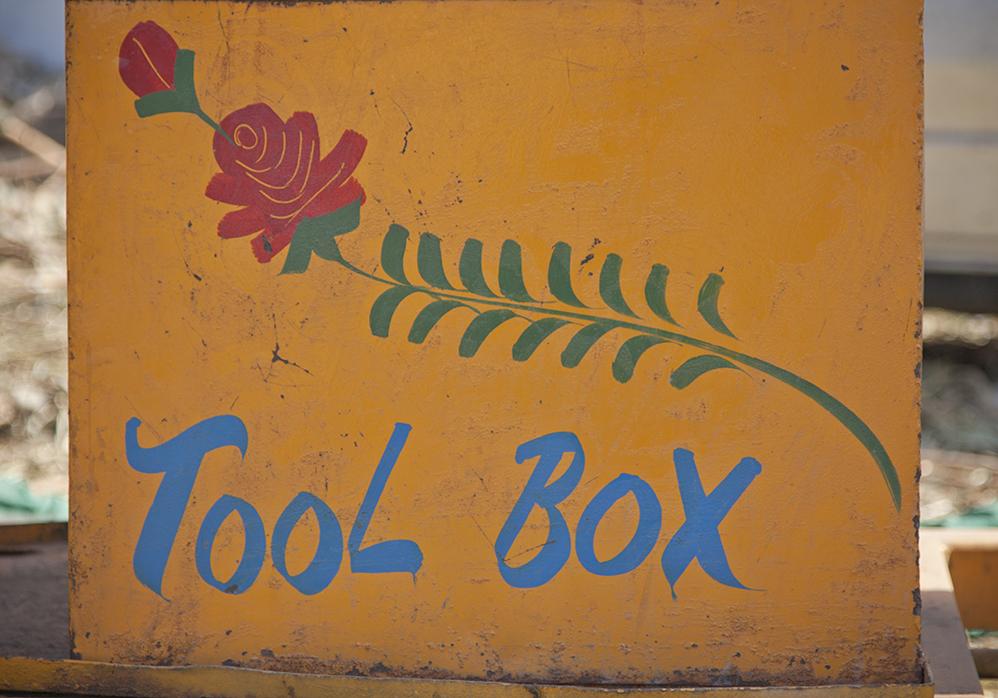
The manual, or the "tool-box", presents a variety of activities and tools that aim for example to challenge traditional ways of thinking about gender norms. Photo: Meena Kadri
What is inside the "tool-box"?
The manual has four thematic chapters: The Co-Production of Knowledge, Climate Resilient Agriculture, Mitigation, and Climate Information Systems.
Each of these chapters has a set of research tools, like bundles of activities, exploring these different themes. Ranging from an art competition about weather symbols and indigenous knowledge to building a historical climate and crop variety timeline by recalling world cup matches, the tools are participatory and discussion based while at the same time making sure participants feel relaxed and actually have fun with the exercises.
The research process becomes an opportunity to engage in problem solving and even challenging traditional ways of thinking around gender roles and norms for instance. For practitioners, interested in not just men and women's experiences but also their perceptions, these can be key excercises in enabling social or behavior change and ultimately bring about new pathways for enhancing resilience.
Participatory action research approaches can be particularly helpful to address the "whys" in gender and climate change research. This as the tools give insight into the intricate social, economic and gender relations that shape resource sharing and farming roles in various social contexts and geographical areas.
Everything you need to know about the upcoming Gender and Social Inclusion Guide:
• User Friendly: Features extremely flexible tools for practitioners to mix & match based on their needs.
• Women =/= Gender: Looks beyond "women" to understand how social differentiation and power relations effect livelihoods
• Inclusion of various Participatory Action Research approaches that encourage analysis & reflection by communities themselves
• Multi-level Analysis: Looks at household, community, institutional and landscape level dynamics to create more holistic understandings
• Capacity Building: Includes learning exercises for researchers of all levels to engage in self-reflection and build their understanding of gender, climate change and research methods
The Guide will be released and made public later this year. It is truly a collaborative effort, including both local and global partners. Stay tuned on our blog to get more updates and the final product.
In order to "Inspire Change" we need to learn more about the gender-dimensions of climate impacts and climate-smart agriculture. Therefore, please do share your knowledge and resources on gender in climate change and agriculture research in our comment section below.
More on the same topic:
- Gender-dimensions of climate-smart agriculture: what do we really know?
- Are there gender impacts from 'climate-smart' agriculture?
- Gender-sensitive research key to empower both men and women farmers
Nafisa Ferious works as a Gender Consultant with CCAFS team Linking Knowledge to Action. The blog was edited by Cecilia Schubert, Communications Specialist at CCAFS.
This story is part of a blog-series aimed to highlight International Women's Day on 8 March and this year's theme Inspiring Change. Help us celebrate IWD by following us online on Twitter, Facebook and Storify using #IWD2014 for more updates. Read additional gender-related stories on our blog.


